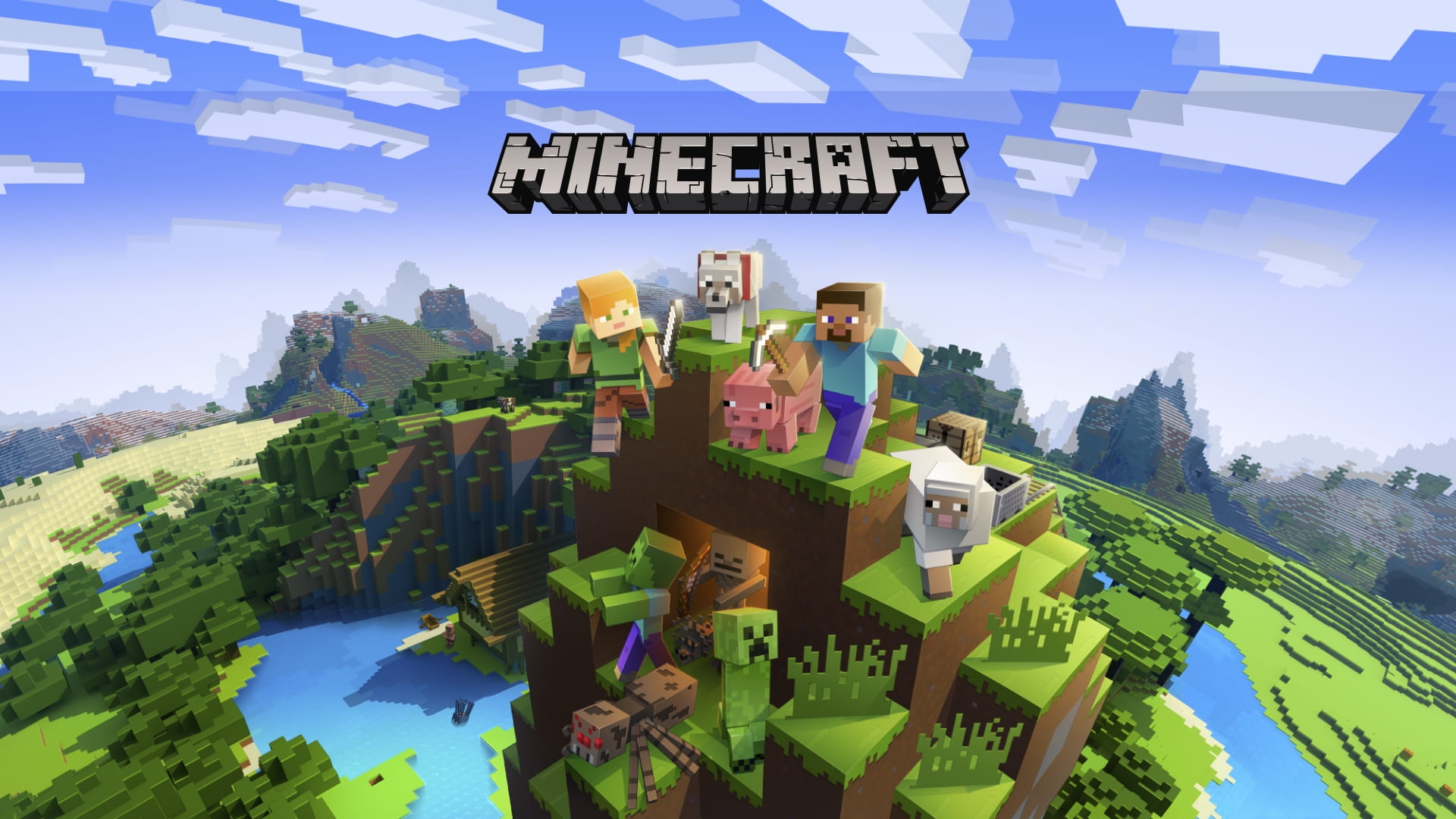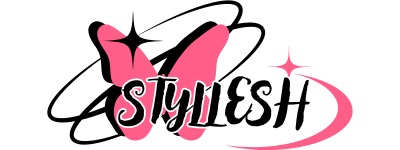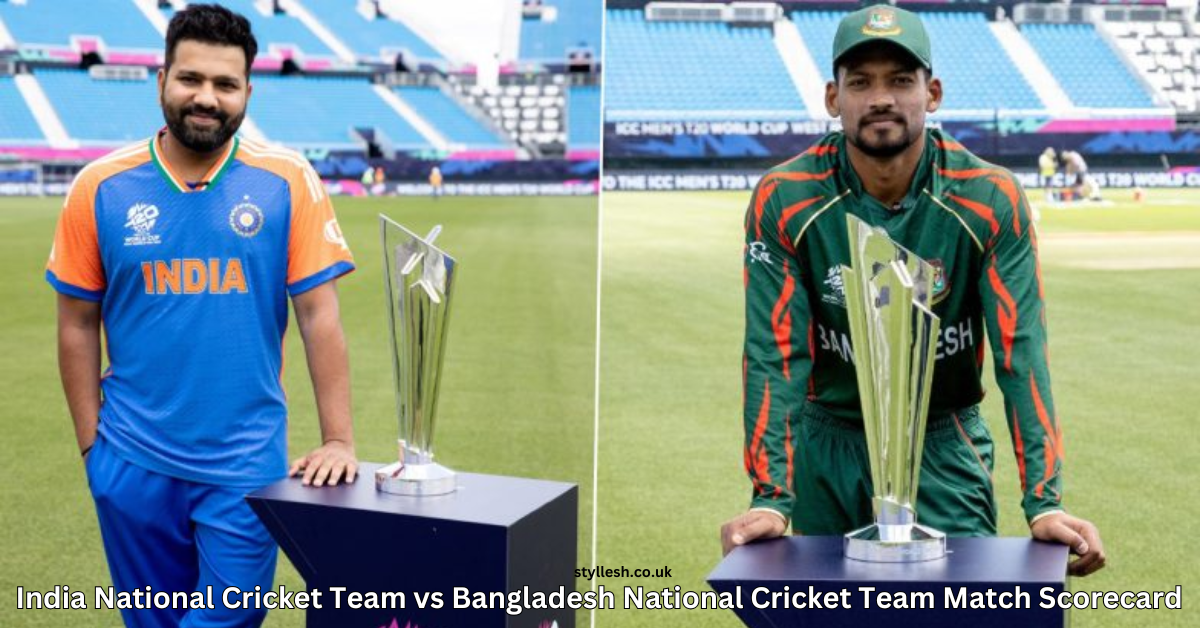Minecraft (2009) game icons banners, Minecraft launched in 2009, redefined the gaming landscape by embracing creativity, exploration, and a unique aesthetic. Among its vast array of features, game icons and banners stand out as essential elements. These features not only enhance gameplay mechanics but also allow players to express their individuality, creativity, and community spirit. In this blog post, we delve deeply into how Minecraft (2009) game icons banners have become an integral part of the game’s identity.
Table of Contents
ToggleThe Birth of Banners in Minecraft
Banners were introduced as a decorative feature that quickly evolved into a medium for self-expression. Combining wool and sticks, players craft blank banners that can be customized with dyes. This simple mechanic paved the way for unlimited possibilities, allowing banners to reflect everything from medieval coats of arms to intricate pixel art. The Minecraft game icons banners interplay becomes evident here, as banner customization borrows heavily from the game’s iconic crafting system.
The Evolution of Minecraft (2009)
Minecraft’s game icons have been vital in establishing its visual identity. These pixelated depictions of blocks, items, and characters represent the essence of the game. From the moment players encounter the crafting table icon, they are introduced to a visual language that simplifies complex mechanics. Game icons like the pickaxe, sword, and food items bridge the gap between functionality and accessibility. For instance, the Creeper icon is now inseparable from Minecraft culture, a symbol of both dread and nostalgia. By representing every game element visually, the icons ensure that even novice players can understand the intricacies of crafting, building, and survival without being overwhelmed.
Default Characters: Steve and Alex
The introduction of Steve, followed later by Alex, gave Minecraft a humanized touch. These avatars serve as blank canvases, inviting players to reimagine themselves within the game world. The Minecraft (2009) game icons banners combination allows players to intertwine personal identity with game aesthetics. While Steve represents the rugged adventurer, Alex brings balance and versatility. Both characters’ default appearances, captured in simple pixel art, are instantly recognizable and have achieved a cult-like status. This duality of simplicity and adaptability makes them enduring symbols of Minecraft’s charm.
Crafting Icons
Minecraft’s crafting interface uses icons to simplify complex recipes. By visualizing each ingredient, crafting becomes an intuitive process. The Minecraft (2009) game icons banners system complements this by letting players use crafted items to personalize their worlds. For example, crafting dyes and patterns for banners begins with understanding the icons for flowers, minerals, and other ingredients. This visual guidance ensures that creativity isn’t hindered by mechanics, allowing players to focus on design and innovation.

The Crafting Process Behind Banners
To create banners, players gather wool and sticks, crafting a blank slate for their creativity. Dyes are added to create patterns, while looms streamline the customization process. The Minecraft (2009) game icons banners combination thrives in this mechanic, as every pattern draws inspiration from the game’s iconic simplicity. The act of layering patterns is itself a testament to the game’s philosophy of building something extraordinary from basic elements.
Customization
Banners go beyond decoration; they tell stories. Players often use banners to mark their territory, signify alliances, or celebrate achievements. Whether adorning a castle with a family crest or creating a symbol for a multiplayer faction, banners are a canvas for storytelling. This reinforces the idea that Minecraft (2009) game icons banners aren’t just features—they are tools for creativity and connection.
Banners as Faction Symbols in Multiplayer
In multiplayer settings, banners take on even greater significance. Players use them as faction symbols, decorating bases and shields to signify group affiliation. The Minecraft (2009) game icons banners dynamic shines in these scenarios, as shared designs foster camaraderie and identity among teammates. Banners become a rallying point, representing unity in the competitive and collaborative environments of Minecraft servers.
Role of Banners in Adventure Maps
Custom banners also play a crucial role in adventure maps, where creators use them to guide players or enhance storytelling. For instance, banners might represent factions, mark significant locations, or serve as quest rewards. The ability to incorporate custom designs ensures that banners remain versatile tools within the Minecraft (2009) game icons banners ecosystem, adding depth and immersion to player experiences.
Community Creations
The Minecraft community has produced an endless array of banner designs, showcasing the limitless potential of this feature. Online forums and resources, such as Minecraft-specific design tools, allow players to share and discover innovative designs. This collaborative spirit highlights the importance of Minecraft (2009) game icons banners in uniting the community through shared creativity and inspiration.

Integration of Game Icons and Banners
The seamless integration of game icons and banners in Minecraft is a testament to the game’s design philosophy. Game icons guide players through crafting and customization processes, while banners provide an outlet for personal expression. Together, they embody the balance between structure and freedom that defines Minecraft. This synergy between Minecraft game icons banners ensures that these elements remain foundational to the game’s identity.
The Enduring Legacy of Minecraft (2009) Game Icons and Banners
Over a decade since its release, Minecraft continues to evolve, but its foundational features, like game icons and banners, remain timeless. They encapsulate the game’s core values of creativity, community, and simplicity. The Minecraft (2009) game icons banners dynamic has proven to be more than just a feature—it’s a symbol of the limitless possibilities that Minecraft offers.
Conclusion
Minecraft game icons and banners are not just tools or decorations; they are integral to the game’s identity. From crafting and storytelling to community building and education, the Minecraft (2009) game icons banners system exemplifies the game’s ability to inspire and connect players. As Minecraft continues to captivate new generations, these features will remain a testament to the power of creativity and imagination.
Read Also: MuReadingManga The Ultimate Free Manga Experience




